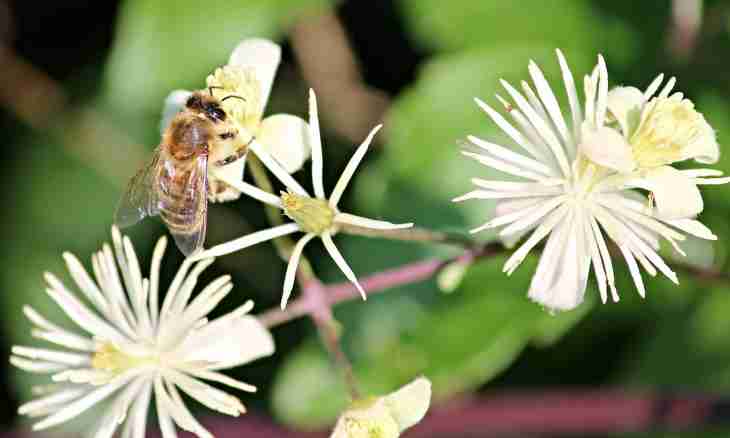Pollination call flower pollen transfer process from boots of stamens to a pestle snout. Distinguish two of its types — cross and self-pollination. At flowering plants the pollination precedes fertilization.
Instruction
1. At cross-pollination, pollen from stamens of a flower of one plant is transferred to a pestle of another. In the course of self-pollination, pollen grains get on a snout of a pestle of the same flower. At some plants, they are called self-sterile, at self-pollination it is not formed seeds.
2. Most often cross-pollination is carried out by insects, is more rare — wind, birds or water. Some plants can be pollinated as that, and in a different way, quite often cross-pollination is combined with self-pollination. In selection of plants the artificial pollination is often applied, it is carried out by the person.
3. The flower is body of reproduction of angiospermous plants. The stamen of a flower consists of tychinochny thread and a boot in which pollen is formed. In the center of a flower there are one or several pestles which consist of an ovary, a column and a snout. The snout is on a top of a column and is intended for pollen catching. The column raises it over an ovary that facilitates catching process.
4. Oboyepolymi is called by flowers at which there are both stamens, and pestles. The apple-tree has such flowers, pears, potatoes, a tulip. Flowers of some plants possess only stamens, then call them tychinochny, or men's. Other plants have only pestles, flowers in this case are considered as pistillate or pistillate plants. Diclinous flowers are characteristic of a poplar, corn, a cucumber, a willow and many others. At monoecious plants the men's and pistillate flowers are on the same plant, at dvudomny — on different individuals.
5. The majority of anemogamous plants begin to blossom even before emergence of leaves that facilitates pollination process. The perianth at such flowers is absent or is developed badly therefore it does not obstruct the wind traffic. Small and dry pollen is formed in a large number, stamens at such plants long and hanging down.
6. The flowers pollinated with the participation of insects often possess a pleasant smell, bright and large, they are well noticeable. Pollen of plants serves as a forage for some insects. Attracted with a smell of a flower or its bright coloring, insects extract nectar from flower depth, at the same time they concern the surface pollen grains which stick to their body. Having moved from one flower to another, the insect transfers pollen to a pestle snout.
7. Existence of inflorescences increases efficiency of pollination. At anemogamous plants of an inflorescence usually are on the ends of the branches which are not covered with leaves, so best of all there takes place return and catching of pollen. The small flowers collected in groups become more noticeable for insects, at the same time time of their movement from one flower to another is reduced.

